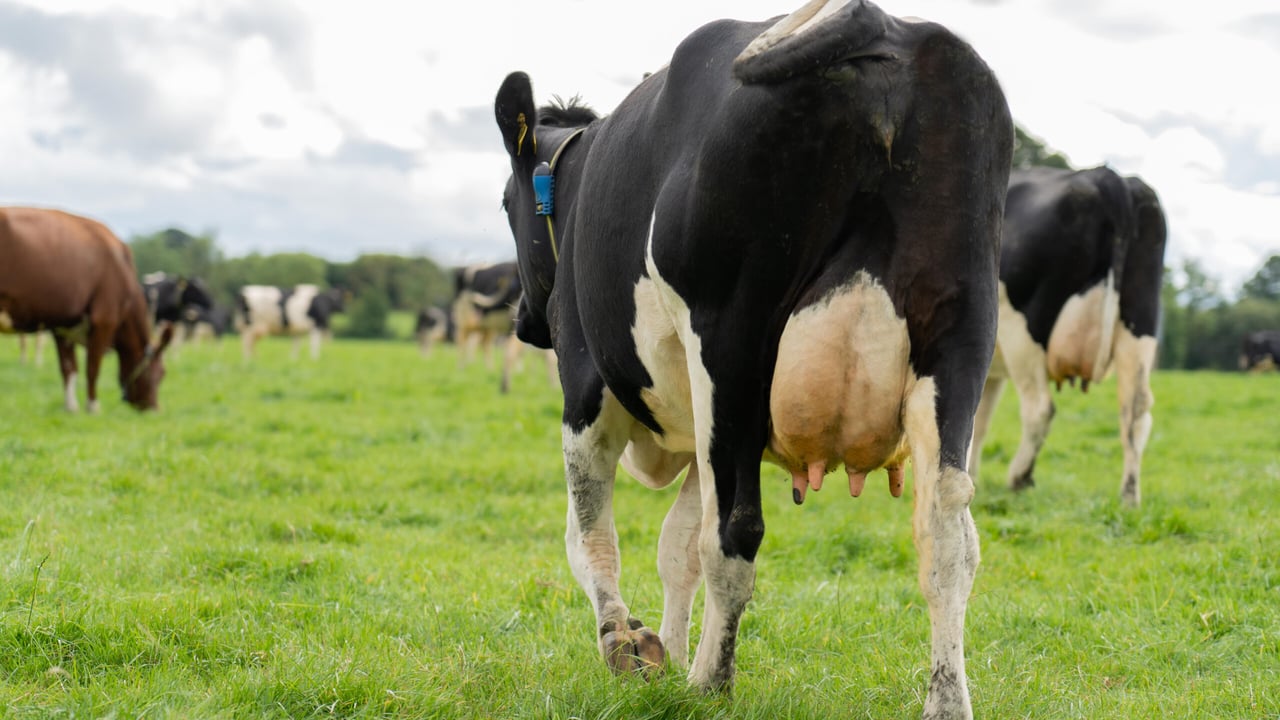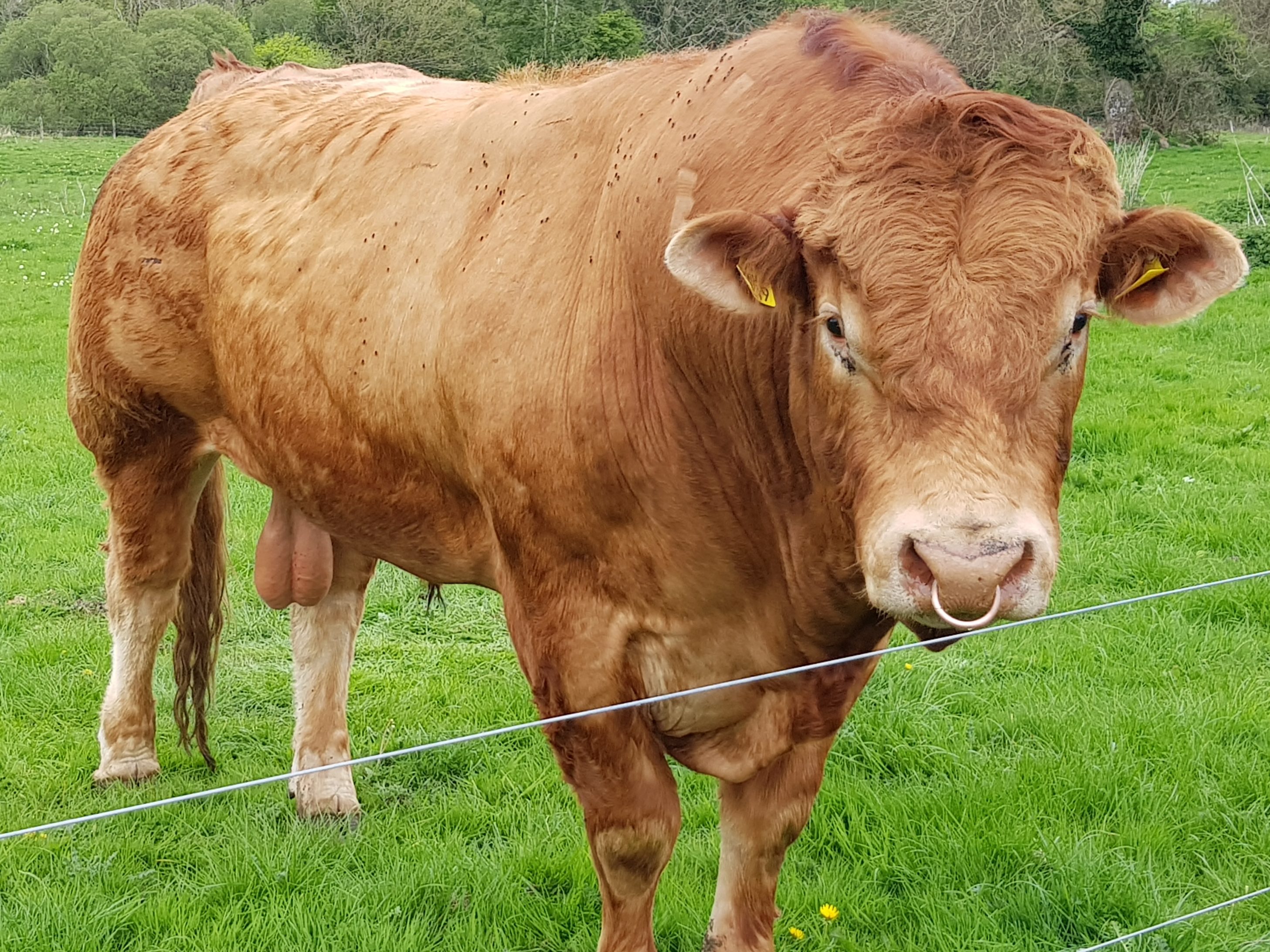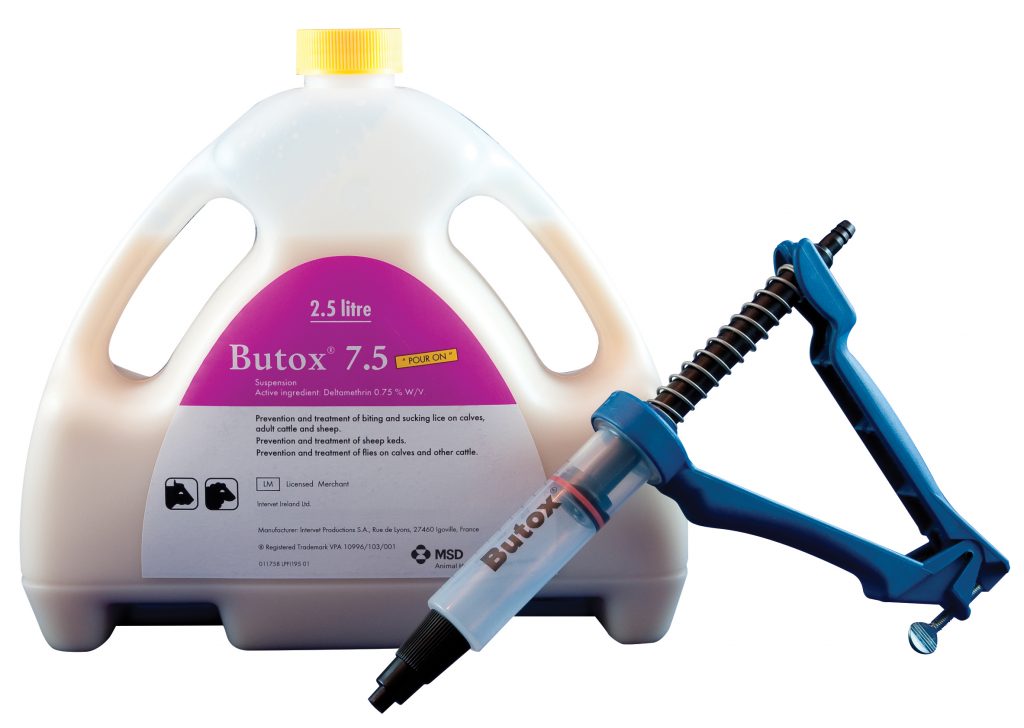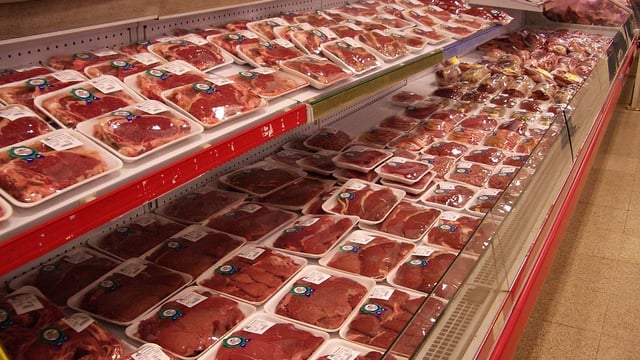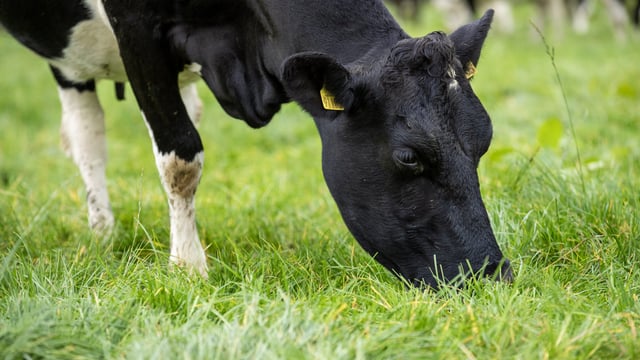Sponsored Article

Sponsored Article
Flies - nuisance by name, nuisance by nature
Sponsored Article

With temperatures high at the moment, next on the agenda for many farmers is tackling flies.
Anyone who has worked with cattle during the summer months needs little reminding of the annoyance which flies can cause.
They can be responsible for a state of unrest in the parlour for both cows and milker.
The constant source of irritation at grass interferes with normal grazing activity and has been shown to cause a reduction in milk and butterfat production.
They are also capable of transmitting viruses, bacteria and certain parasites and are implicated in the spread of common diseases such as 'summer mastitis' and 'pink eye'.
There are five broad categories in Ireland:
- House or stable flies;
- Face flies;
- Head flies;
- Warble flies (rare and notifiable to the Department of Agriculture, Food and the Marine);
- Blowflies.
For an indoor environment, removing, or at least reducing, the source of infection is the most useful approach in controlling stable flies.
Areas of manure/straw/decaying matter should not be allowed to accumulate as these areas provide the perfect environment for fly insects to breed.
In terms of pasture management, reduction in the use of fields bordering woodlands has been advised in the peak risk period (June-September) where possible in the control of head flies.
Animal options
Pour-on and spray preparations together with insecticide impregnated ear tags are widely used to reduce fly annoyance.
For head flies, a number of repellent creams are available for application around the base of the horns, however many of these only prevent skin contact. In other words, they do not reduce the annoyance caused by flies.
Pour-on products applied at the dosing intervals recommended by the manufacturer will also aid control.
It is best practice to start fly control early in the season (to reduce build-up of the fly population).
There are many products on the market, and it is most advisable to read the guidelines supplied by the manufacturers and adhere to exact instructions regarding administration, dose, frequency of use and withdrawal periods.
This product contains deltamethrin, a synthetic pyrethroid. In cattle it is indicated for the treatment and prevention of flies and lice.
It is advised to pour the dose along the animal’s spine from the base of the head to the tail. The person applying should wear gloves.
It is safe to use during pregnancy and lactation. Butox Pour-On has an 18-day meat and 12-hour milk withdrawal period for cattle.
The time to apply this product is after evening milking and ensure that the full withdrawal period is respected.
For fly control, a single application provides protection for eight to 10 weeks (depending on the degree of infestation, fly species and weather conditions), at which time treatment should be repeated.
Butox in cattle
| Indications | Dose rate |
|---|---|
| Flies: Prevention and treatment of flies on calves and other cattle | Up to 100kg: 10ml; 100-300kg: 20ml; over 300kg: 30ml |
| Lice: Prevention and treatment of biting and sucking lice on calves and adult cattle | 10ml per animal irrespective of weight |
In summary, the annoyance caused to cattle by flies is a real issue which has implications for both animal health and welfare.
Remember to start fly control treatment in time this summer. You can find further information by clicking here.
Sponsored Article


